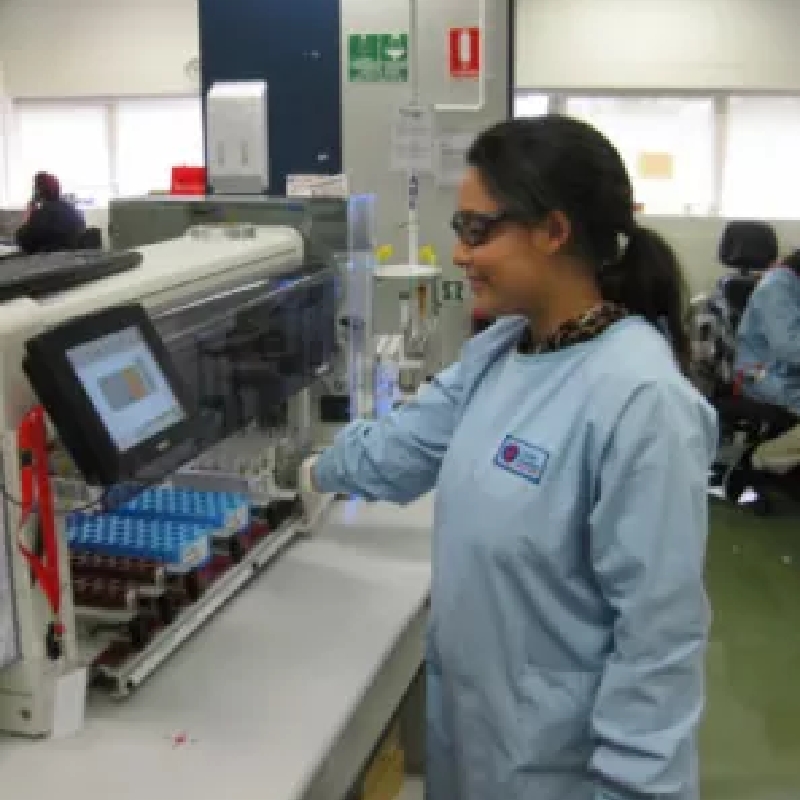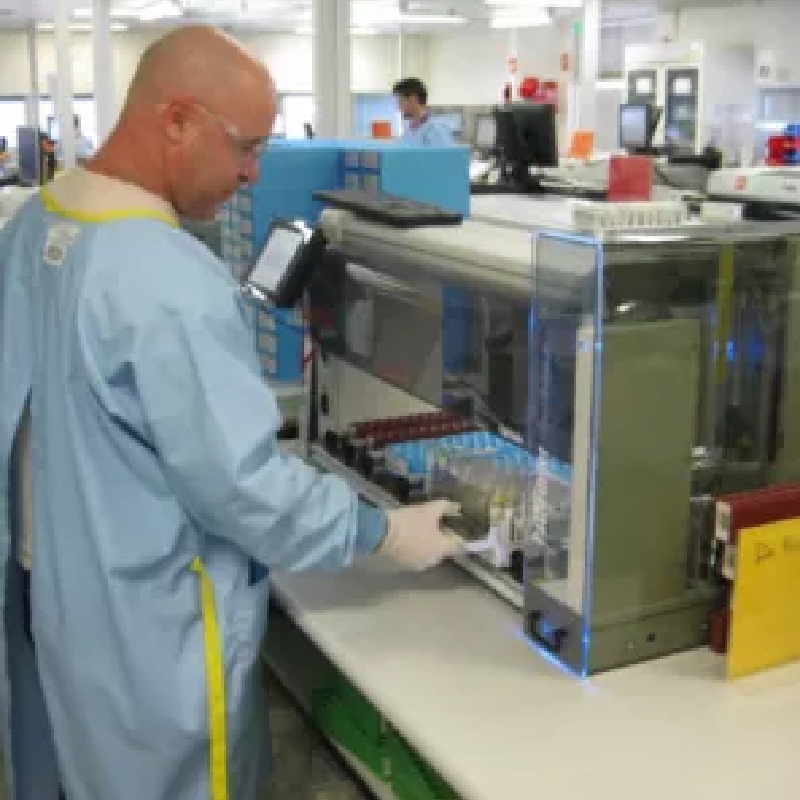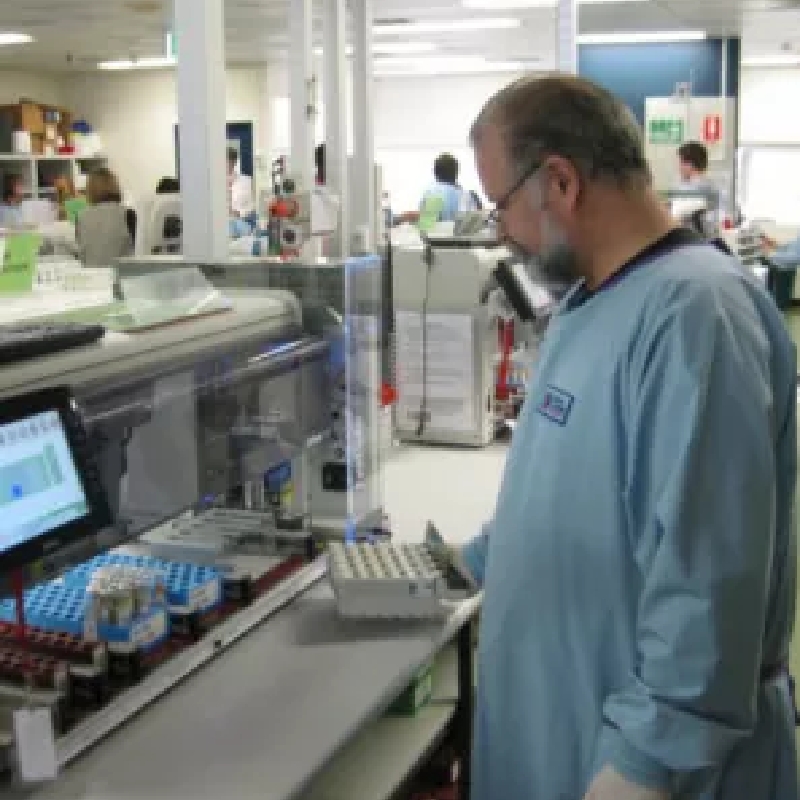Post-Analytical Tube Automation – Size Doesn’t Always Matter
When first considering a laboratory automation system for improving sample processing in a laboratory, one immediately tends to conjure up an image of something large and complex that takes up a lot of room…. and budget! But this doesn’t have to be the case, as shown at Sullivan Nicolaides Pathology, which is part of the Sonic Healthcare group.
One of the largest pathology labs in Brisbane, Sullivan Nicolaides Pathology, recently introduced a new system for the post analytical storage of samples in their busy Chemistry Department. It is based on four Brooks bench-top PathFinder 350A Archivers.
Before Sullivan Nicolaides Pathology upgraded their chemistry analyzers in the first quarter of 2013, it became apparent that the existing system for managing storage of samples was cumbersome and becoming redundant. So the decision was made to replace it with four PathFinder 350A Archivers at the same time.
The laboratory already had a positive experience with Archivers managing sample storage in the Immunology department, so this, along with the units’ compact size that suited the space limitations in the Chemistry department, were important considerations in the decision.
The Archivers are set up to receive the samples from 12 Abbott Architect® c16000 Chemistry Analyzers and 8 Abbott Architect® i2000 Immunochemistry analyzers.
Typically, the chemistry department processes 5,500 – 6,000 samples a day, peaking up to 7,000 samples a day at busy times during the year. The PathFinder 350As automatically unload samples directly from Architect racks, and all completed samples are foil sealed and archived into PathFinder storage racks.
“With so many changes going on, the experience was pleasant”, recalls Andrea Curtis, who was tasked with the role of Project Manager, “as the transition to the 350As was seamless”.
Saving Staff Time
Andrea adds: “The Archivers have proven to be very easy-to-use, with minimal training, and this has made them accessible to all staff in the laboratory.”
The Architect racks are fed into the PathFinder 350As in a drip feed fashion as they become available. This means that lab staff don’t have to wait by the instruments for samples to be processed. Anyone who is passing by the instruments can swap out an Architect carrier tray with a full one.
More Than Just Storage
The PathFinder 350A checks the status of each sample presented with the LIS. Any samples with outstanding immunoassay tests (such as bone markers, some tumor markers, cortisol's and testosterone) – typically representing about 5-6% of samples – are left uncapped and sorted to a destination rack for testing on a separate Immunoassay Analyzer.
Another destination rack on the PathFinder 350A catches any reflex samples – about 1-2% of samples – before they are sent to storage. The reflex samples are sent back to the Architects for retesting based on the initial test results.
The net result is the list of pending tests at the end of each day is significantly smaller. This also means some time-saving on retrieving samples from storage.
Reduced Manual Handling
Repetitive manual handling is always a concern and lab managers are always looking for ways to reduce risk of injury. Manual capping of sample tubes, which was required from time to time with the previous process, has now been significantly reduced.
The storage racks themselves have also proved easier to work with. “The PathFinder racks are lighter, so disposing samples from storage is a lot easier”, comments Andrea.
“The instruments have improved reliability and have less maintenance requirements compared to the previous process”, says Rebecca Cherrie, Automation Supervisor.
Better Efficiency
As well as improving reliability, Sullivan Nicolaides found that the new Archivers have helped improve overall efficiency. “They are an integral part in the overall analytical solution, which has resulted in less tube movements in the laboratory”, says Andrea.
Having four units to share the workload also provides some redundancy if ever there is a problem, giving those running this busy lab some peace of mind.



